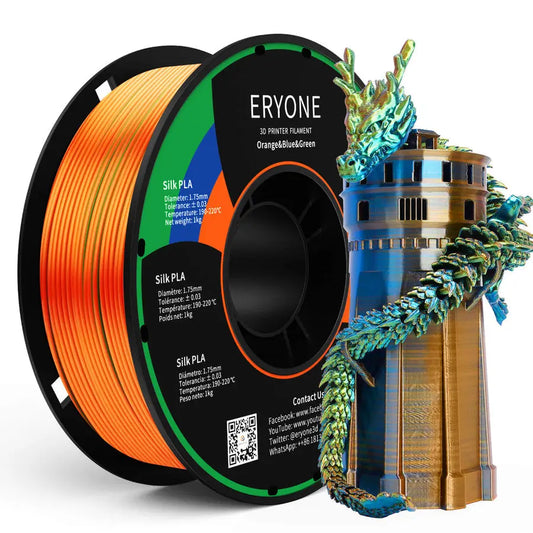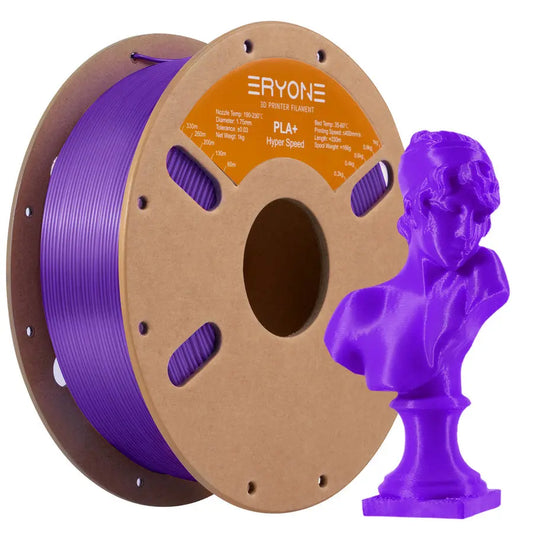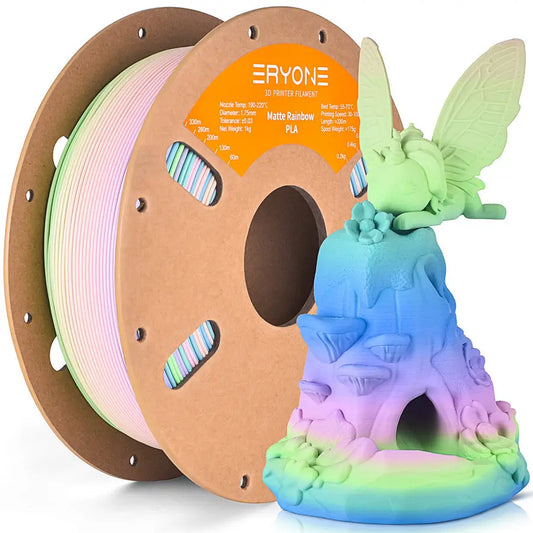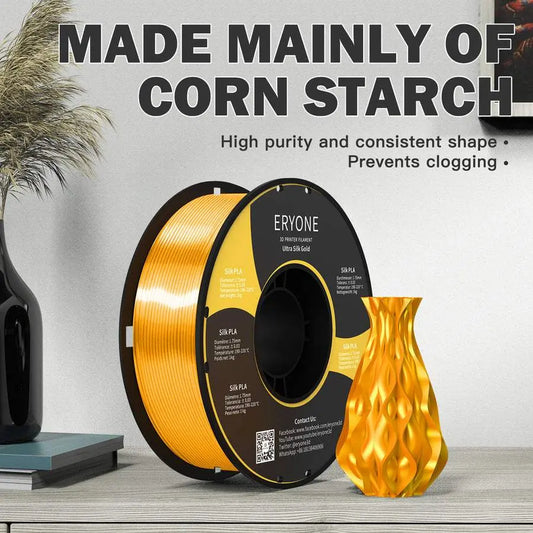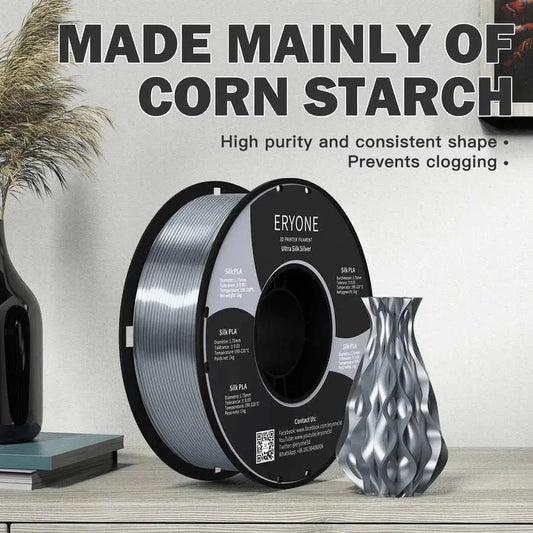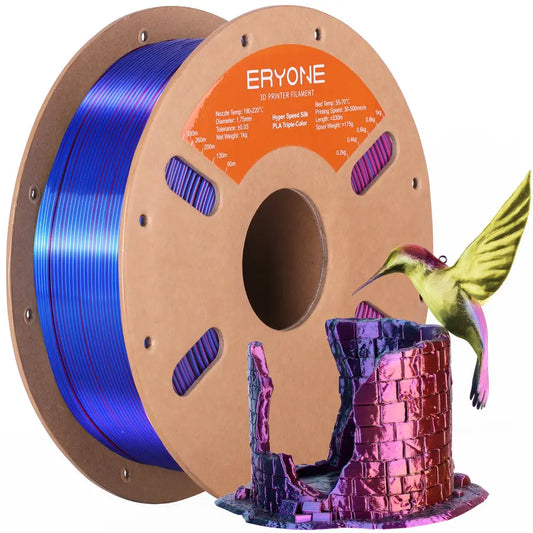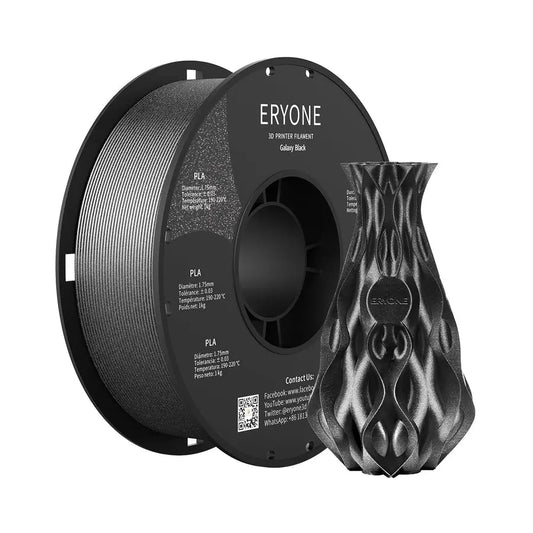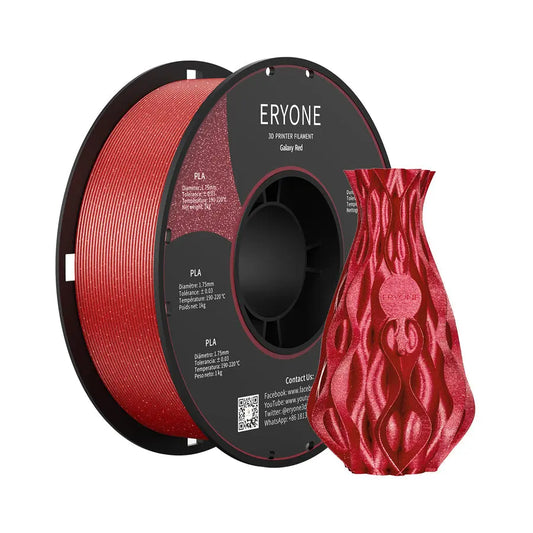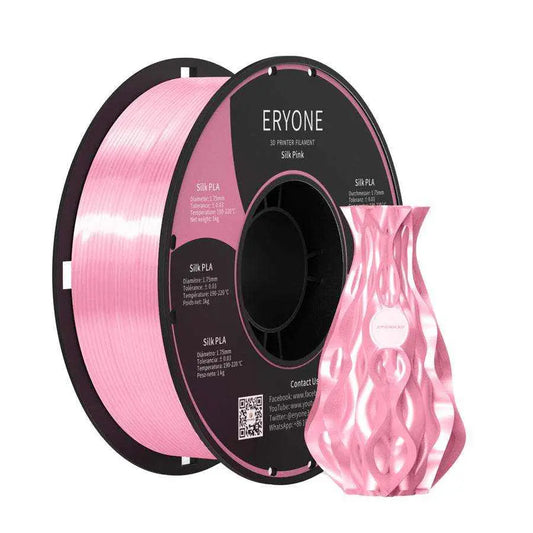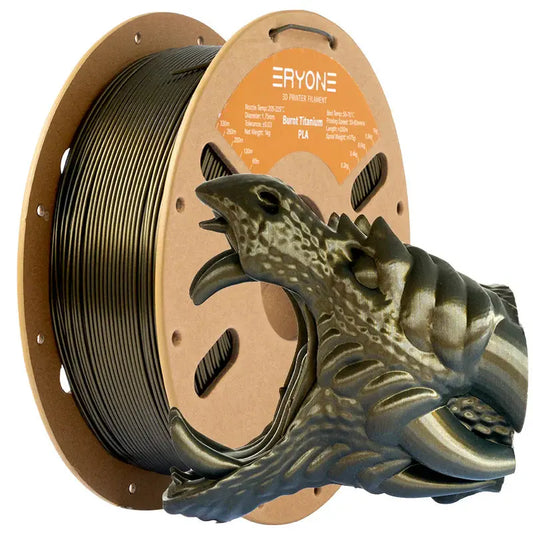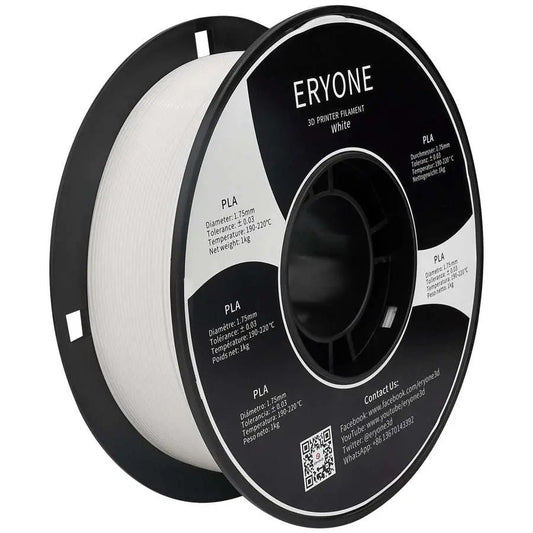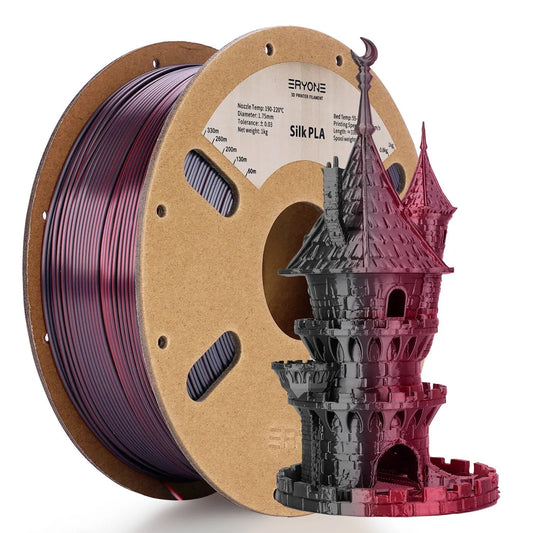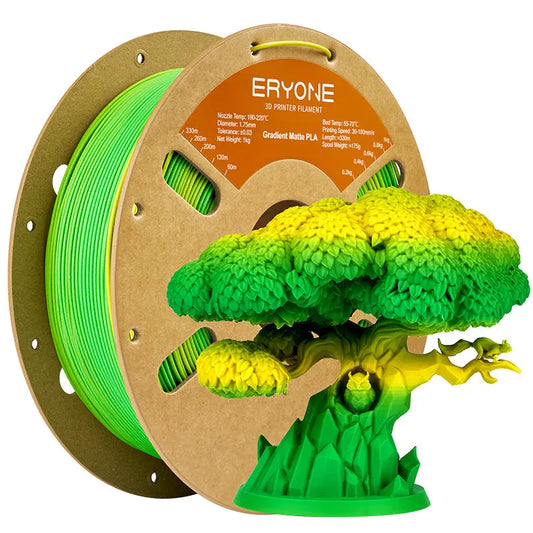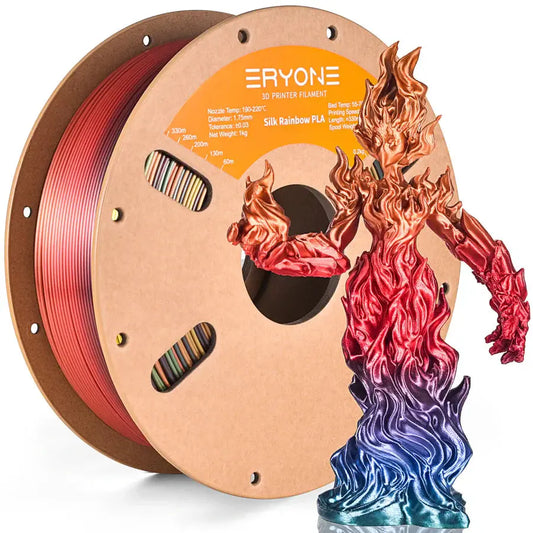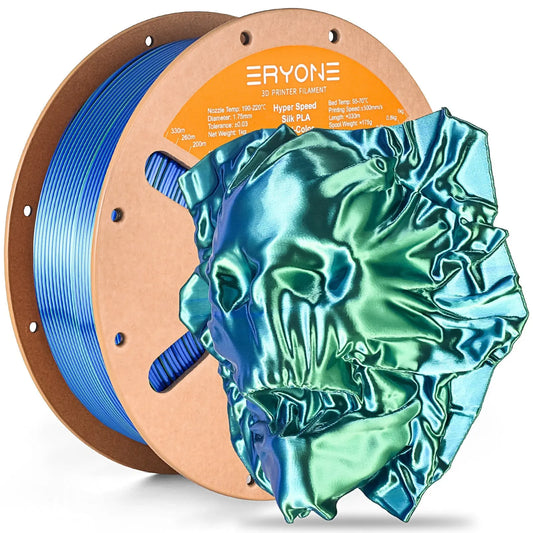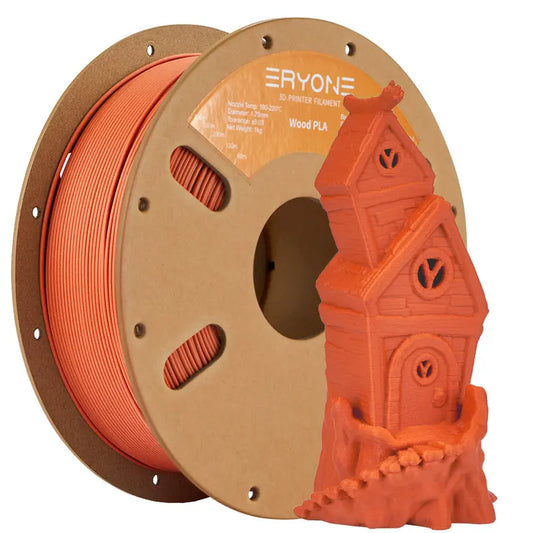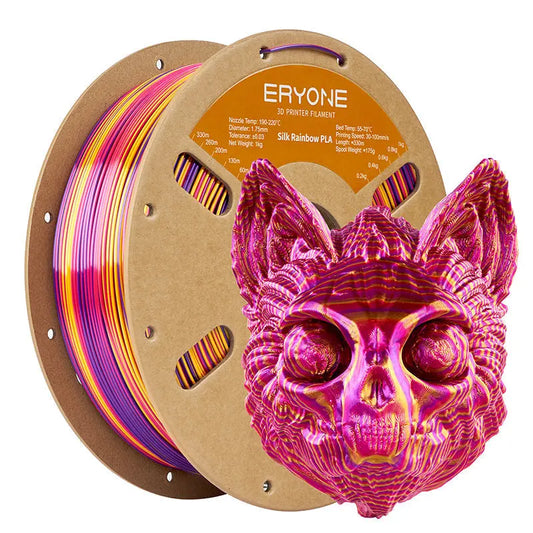Collection: PLA Filament
-
ERYONE 1.75mm Triple-Color Silk PLA Filament – 1kg, ±0.03mm
Regular price $21.99 USDRegular price -
RYONE High-Speed PLA+ Filament – 1.75mm, 1kg Spool, ±0.05mm Accuracy
Regular price From $16.99 USDRegular price -
ERYONE Matte PLA Filament – 1.75mm, 1kg Spool
Regular price From $18.49 USDRegular price -
ERYONE 1.75mm Ultra Silk PLA – 1kg, High-Gloss Brighter Finish, ±0.05mm
Regular price $18.49 USDRegular price -
ERYONE 1.75mm High-Speed Triple-Color Silk PLA – 1kg, ±0.03mm
Regular price $21.99 USDRegular price -
ERYONE Galaxy Glitter PLA Filament – 1.75mm, 1kg Spool, ±0.05mm Accuracy
Regular price $21.49 USDRegular price -
ERYONE Silk PLA Filament – 1.75mm, 1kg Spool, Silky & Shiny Finish
Regular price $18.49 USDRegular price -
ERYONE Burnt Titanium PLA Filament – 1.75mm, 1kg Spool, ±0.05mm Accuracy
Regular price From $21.99 USDRegular price -
ERYONE PLA Filament – 1.75mm, 1kg Spool, ±0.05mm Accuracy
Regular price From $15.99 USDRegular price -
ERYONE Silk Dual-Color PLA 1.75mm Filament 1kg (2.2LBS) Spool
Regular price $20.99 USDRegular price -
ERYONE 1.75mm Matte Gradient Dual-Color PLA – 1kg, ±0.03mm
Regular price $20.99 USDRegular price -
ERYONE Marble PLA 3D Printing 1.75mm Filament for FDM 3D Printer/Pen,1kg
Regular price $19.99 USDRegular price -
ERYONE Rainbow PLA Filament – 1.75mm, 1kg Spool, ±0.05mm Accuracy
Regular price $20.49 USDRegular price -
ERYONE High-Speed Silk Dual-Color PLA Filament – 1.75mm, 1kg Spool, ±0.03mm Accuracy
Regular price From $20.99 USDRegular price -
ERYONE Wood PLA Filament 1.75mm for FDM 3D Printer, -0.03mm, 1kg
Regular price $18.99 USDRegular price -
ERYONE 1.75mm Twisted Rainbow Triple-Color Silk PLA – 1kg, ±0.03mm
Regular price $21.49 USDRegular price


